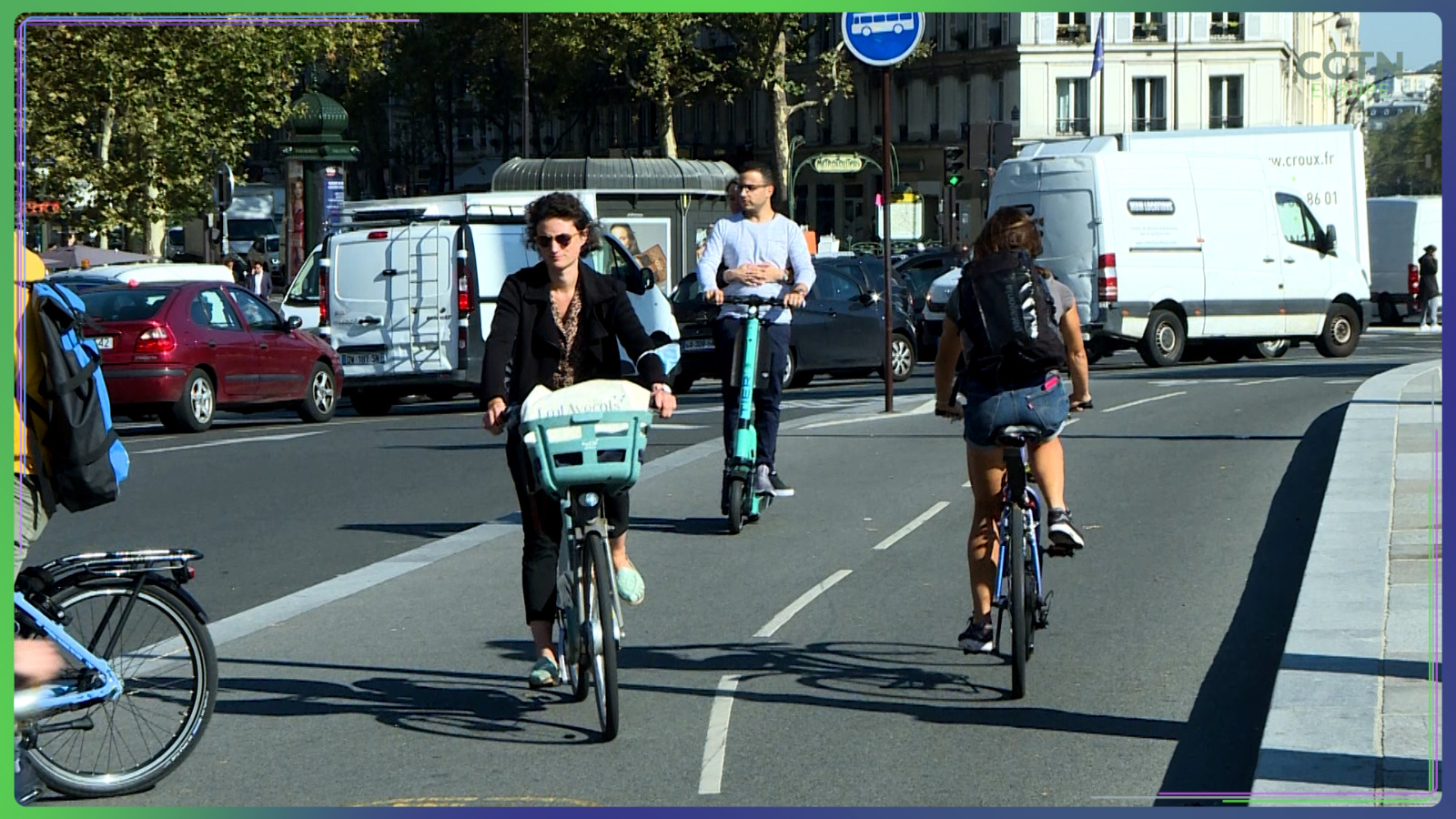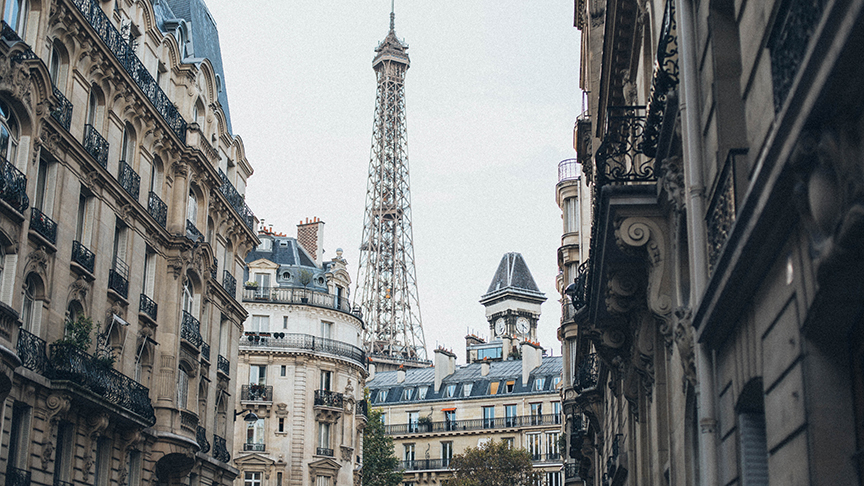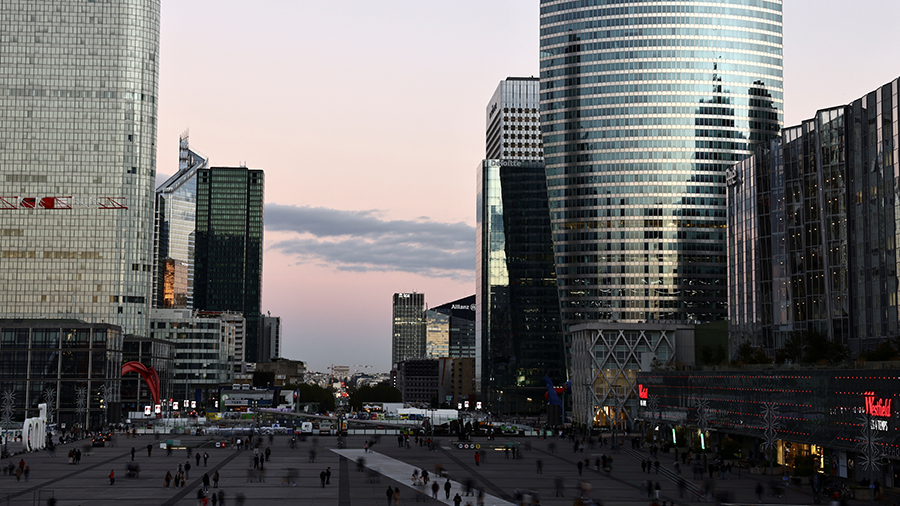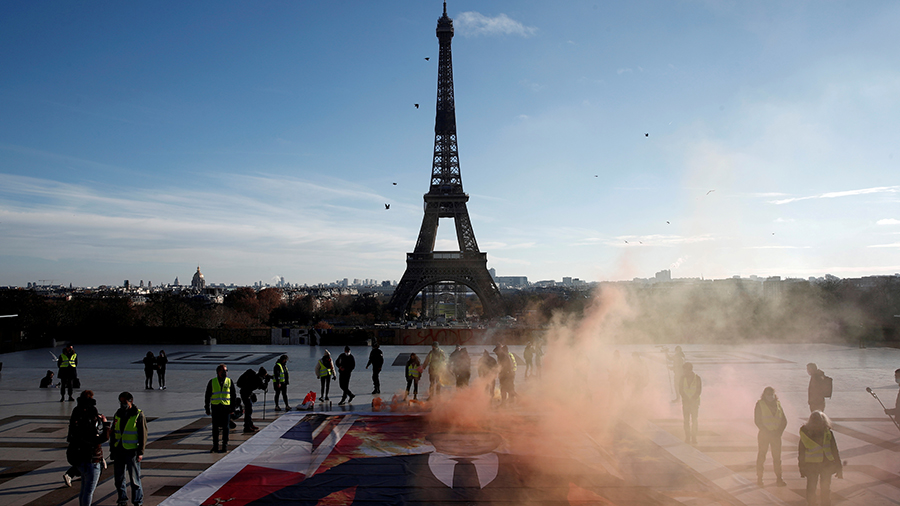Less than 24 hours ago, the World Economic Forum website published this video below, without any additional information.
We’ve been in the know about these plans since around 2021, funnily, I first got hold of this news from some Chinese media, but, coming from them, the information was ignored in the West at the time. Now, the maneuver has been made official, no more speculations, they make a fool of themselves if they go back, but also if they go ahead.
It is worth reading below what the Chinese from CGN wrote exactly three years ago, to notice that there is absolutely no difference between the propaganda coming out of Beijing, Davos, Paris or Washington. Moscow is busy for now, but they don’t sit on it either.
Which shows once again that the trances between the geopolitical heavyweights are rather synchronized swimming numbers.
The plan to transform Paris into a ’15-minute city’

The Mayor of Paris says that she wants to make the French capital a so-called “15-minute city.”
Anne Hidalgo has backed an idea conceived by Colombian academic, Carlos Moreno.
The theory is that most people’s needs would be within 15 minutes of where they lived.
How will it work?
The 15-minute city plan would see people’s workplaces, their children’s schools, sport centers where they exercise, cafes and restaurants where they meet their friends, and the stores they shop in… all be within a 15-minute walk or short bike ride from their home.

Some 60km of temporary cycle lanes introduced in Paris during the pandemic will now be made permanent by the mayor of Paris.
Carlos Moreno is a professor at the Sorbonne University in Paris, where he lectures on the “Entrepreneurship, Territory, Innovation” program that he co-founded.
“With climate change and the pandemic crisis, we needed to implement another urban lifestyle for living in proximity,” he said.
“[We should be] using more and better resources, reducing our CO2 emissions, and to continue to develop economic and social activities in the different districts of cities.”
Urban travel is a central pillar of the plan: Paris is fast becoming a big biking city. Temporary cycle lanes were introduced last year at the height of the pandemic, but now those 60 kilometers of makeshift paths are being made permanent by the mayor of Paris.

People walk through the financial and business district of La Defense in Puteaux near Paris, France. /Reuters/Sarah Meyssonnier
Parisians tried to get back to normal after lockdown but they wanted to stay off crowded buses and trains where COVID-19 spread more easily.
Anne Hidalgo has declared war on the pollution caused by motorists, cutting the number of car parking places, increasing electric vehicle charging points and dropping the speed limit in the French capital to just 30 kilometers an hour.
The mayor of Paris is an advocate of the 15-minute city idea. Hidalgo says she’s going to run for president next year so Carlos Moreno’s theory is likely to get more press and it will have to withstand more analysis and criticism about its viability.
Improving the urban landscape is also part of the plan. At the Place de la Bastille, in eastern Paris, trees have been planted and the canal-side area cleaned up.
The 15-minute city plan could work well in rich countries, like France.

Climate activists stand next to a giant portrait of French President Emmanuel Macron installed on the ground at Trocadero square in front of the Eiffel tower to mark the fifth anniversary of the 2015 United Nations Paris Agreement on climate change, in Paris. /Reuters/Benoit Tessier/File Photo/File Photo
But what about the cities in emerging economies? Moreno says there is interest in Latin America and Asia in changing city life.
“In India, it’s a very chaotic urban planning in different big cities but those in charge are very interested in changing this model.
“In China, two weeks ago, I had the opportunity to deliver a talk for the principal urban planner for the big metropolises in China.”
The effects of the climate emergency are being felt across the world, and Moreno says there must be rapid policy changes, or the next ten years could be ‘catastrophic.’
“The question today is not to avoid climate change – this is not possible today,” he said.
“The key word today is: mitigation. We need to reduce the impact of climate change.”
To be continued?
Our work and existence, as media and people, is funded solely by our most generous supporters. But we’re not really covering our costs so far, and we’re in dire needs to upgrade our equipment, especially for video production.
Help SILVIEW.media survive and grow, please donate here, anything helps. Thank you!
! Articles can always be subject of later editing as a way of perfecting them
Click this link for the original source of this article.
Author: Silviu "Silview" Costinescu
This content is courtesy of, and owned and copyrighted by, https://silview.media and its author. This content is made available by use of the public RSS feed offered by the host site and is used for educational purposes only. If you are the author or represent the host site and would like this content removed now and in the future, please contact USSANews.com using the email address in the Contact page found in the website menu.








